More than simply social media and advertising, excellent fitness marketing is about more. It’s distinct from marketing in other sectors, and it requires a distinct technique to be successful. In the fitness industry, marketing strategies must keep up with the latest trends and be able to appeal to customers on an emotional and physical level.
An effective fitness marketing strategy must do more than draw people in; it must also motivate them to stay, whether that means signing up for a membership or simply returning for another class. In order to achieve this, businesses need to focus on creating a strong brand identity that resonates with their target audience.
There are a few key things that all great fitness brands have in common: they are authentic, they are passionate, and they are always looking for ways to improve. If your brand can embody these qualities, you’re well on your way to success. Keep reading for more tips on how to create an effective fitness marketing campaign for your gym or health club.
If you’re seeking for fitness and gym marketing ideas that will increase memberships and income, it’s important to distinguish what works from what doesn’t.
Fitness Marketing – Why Look At A Different Approach
The truth is that the majority of individuals do not like working out or eating healthily… They prefer their Netflix nights. They find the prospect of giving up pizza for salad unappealing. There’s a disconnect between those who advocate fitness and the unmotivated audience they try to persuade.
Fitness marketing efforts face an uphill climb. Only 20% of the US population meets physical activity requirements, so changing people’s routines is not simple for the other 80%. It’s difficult to market anything that people aren’t interested in; this is the most important obstacle in fitness marketing.
The second challenge with exercise-related purchases is that they do not offer a right away benefit. After buying a gym membership, you don’t instantly look or feel better – it’s a longer-term investment and sometimes gym members fail to understand that. When you combine this fact with Millennials’ desire for fast gratification, it’s easy to see why many gym or fitness club membership sale campaigns fail.
So, how do we get around this problem? What’s the most effective approach to fitness marketing right now? In this article, we’ll explain what constitutes a strategy and how health club marketing firms create successful fitness marketing campaigns. We’ll also discuss several health club marketing ideas that may boost membership numbers and revenue in your location.
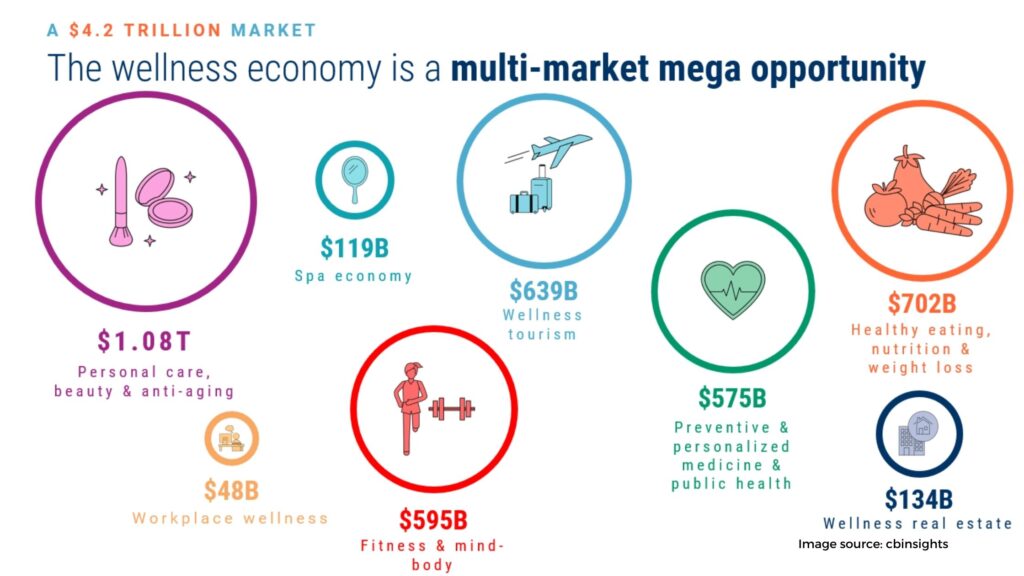
Wellness Marketing – Why Do People Buy?
It’s critical to recognize what every excellent fitness business understands… that humans will spend money for two reasons only…
- To avoid pain – We do all this if we are hungry, sad, or need transportation (or more food).
- To get pleasure – We buy cookies (even though we’re not hungry) because we enjoy the taste, and we purchase trips since it relaxes us.
As a result, there are now two basic strategies for fitness marketing. You may first help clients feel the agony of their situation. The aim is to make them feel so terrible that they are compelled to buy anything that will alleviate their suffering.
Some fitness businesses utilize this strategy in their advertising, and it is also taught to their sales staff… Some emphasize the discomfort by claiming things like “well, if you don’t sign up, you’ll most likely gain more weight and it will be even more difficult to turn your health around.”
It seems a little harsh for us – it’s like rubbing salt into the injury in order to promote healthcare. It might get them going at first, but will they continue? Do we really want to make people feel bad about themselves just to make a few more dollars?
The third approach is to appeal to their desire for pleasure, and present fitness in a lighthearted manner.
Most people want confidence, motivation, and a long, healthy life. They desire to feel strong, capable, and part of a group. They simply want to have fun and relax while feeling accomplished. So let’s focus on these favorable sides of our gym marketing efforts in order to inspire others.

Identifying Your Ideal Client
This is something that many people overlook, but it’s critical for effective fitness marketing. You may be more precise in who you target by identifying your ideal customer. The entire sales process becomes much more efficient if you focus on consumers who are a perfect match for your product.
You can develop items, services, campaigns, and messaging that appeal to your ideal client if you understand them. You’ll know exactly which social media platforms to target, blogs to collaborate with, and issues to address.
There are three aspects to consider when defining your ideal customer: demographics, headspace, and hangouts.
- Demographics – These are broad categories that people are often classified into, such as age, gender, and location or employment.
- Headspace – They may be able to assess what you’re thinking about, such as hobbies, objectives, and problems.
- Hangouts –These are areas where they spend time online or in person.
If you’re unsure about how to identify your ideal client, a competent fitness branding business might assist you in defining him or her. Following that, it’s time to develop a fitness marketing plan that is tailored to them.
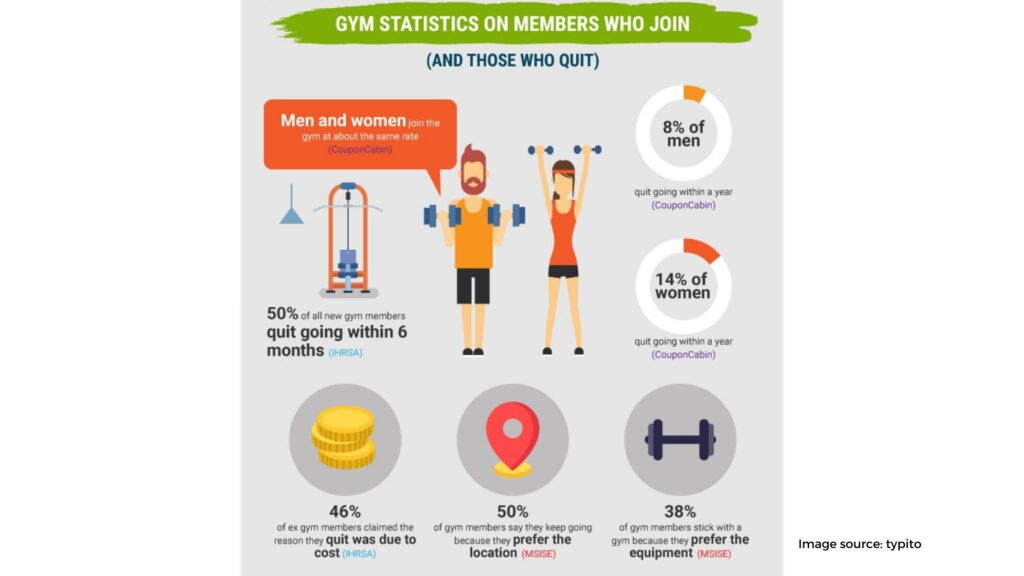
Creating Your Strategy & Fitness Marketing Plan
A fitness marketing plan has three core components: objectives, strategies, and tactics. These form a strategic approach that supports your company’s goals…
- Objectives. WHY are you marketing in the first place?
- Strategies. WHAT are you going to do?
- Tactics. HOW will you implement your strategies?
People frequently jump to the conclusion and concentrate on operational elements. They come up with fitness event concepts or strategies for promoting fitness enthusiasts on social media. But what are these activities supposed to achieve if they lack a purpose?
Your goals are large-scale objectives. They could focus on client or member attraction, retention and loyalty, competitive differentiation, or the introduction of a new product or service.
Your fitness objectives should be as specific, measurable, achievable, relevant, and time-bound as your weight or diet goals. Your methodologies should detail how you plan to achieve your goal.
As an example, if you’re looking to begin a new fitness program, consider establishing a niche audience, framing your solution as premium, and generating buzz and interest in advance. You might also decide to develop a sales funnel that converts new prospects into loyal consumers by using this method of marketing.
Your strategies should be the smaller elements that complement each primary campaign. So, to target a particular niche audience, you could make a lead magnet or email opt-in that appeals to them. You could guest-post on blogs they read or organize competitions with businesses they already buy from.
After you’ve figured out what you want, how you’ll get there, and what tools you’ll need, put it all together into a simple fitness marketing plan. Make sure to include your company’s main goal as well as how you’ll assess your success. The precise actions in this gym marketing plan article or a ready-to-use template and sample plans may be found here.
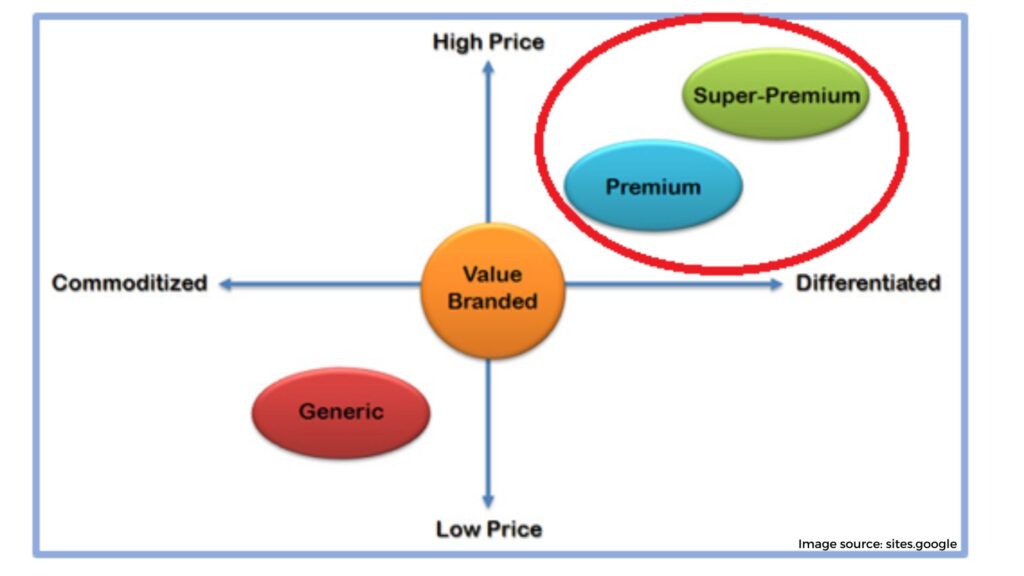
Pricing & Positioning
Fitness marketing’s first step is to understand the market and establish a pricing strategy. Pricing effectively can increase revenue and make closing sales 100 times easier. The appropriate positioning will appeal to your ideal customer, ensuring that they are ready to pay your specified price.
There are several variables to consider while setting your pricing. The first step is to understand your expenses…
- If you’re selling a product – Then there will be expenses associated with the entire process, like as raw materials, production, overhead costs, and shipping.
- If you’re selling a service – You’ll need to pay for any licenses or permits that are required. You’ll also have to pay for anything else such as personnel, time, equipment, training, and insurance.
There are many strategies to establish your pricing after this point. You may compare your prices to those of your competitors and charge something comparable. You can add a profit margin to your expenses; this is what many product-based enterprises do. Alternatively, you may turn things upside down and start by determining how much money you want to make, then build an offer that meets or exceeds that amount.
The manner you advertise and sell your tickets can also have an impact. It’s more about whether consumers think the price is fair (or not) than it is about the ticket price itself.
The first step is to consider how you differ from your competition. How can you differentiate yourself in a crowded fitness market? What distinguishes you or your product from others? Then, based on this, develop your positioning. It’s sometimes helpful to use the following framework.
Internally, positioning statements like these are most often utilized. They offer a high-level overview of your product without going into too much depth.
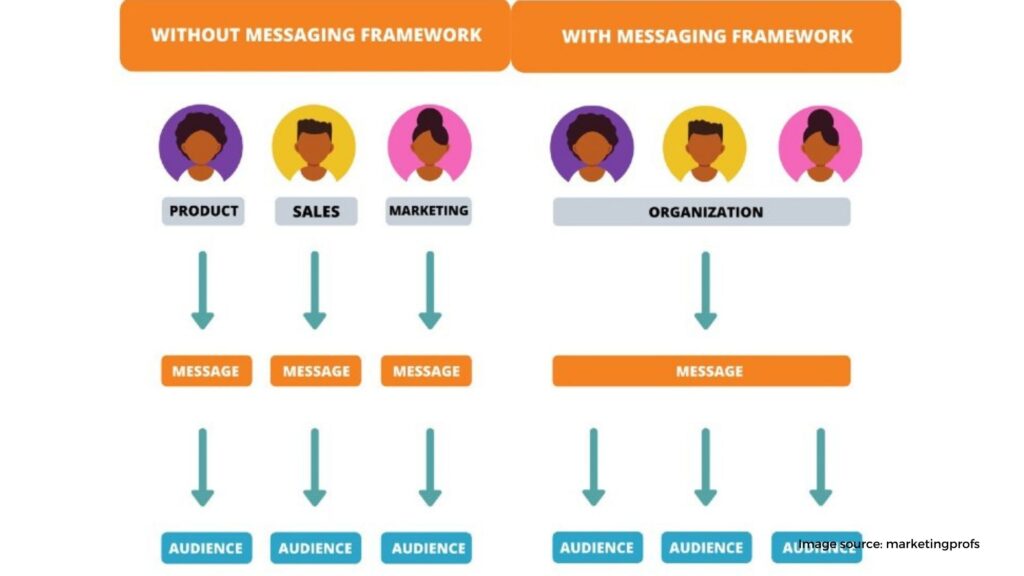
Developing Your Messaging
Once you’ve decided how to position yourself, you may develop your message. This refers to the key points you’ll stress when selling your product.
Brand channels will show up in your product descriptions, brochures, advertisements, emails, flyers, social media posts and any other marketing platforms you utilize. They’ll also be used in your sales pitch and when discussing your product in person.
The benefits of your product or service should also be emphasized in your message. So, if you have a 4-week boot camp bundle, don’t just list the features or what it contains. Explain why these features are significant and why people should care.
Consider what your ideal customer values and see if you can make the connection. It might be as simple as wanting to slim down and tone up. Maybe it’s regaining their confidence, or re-emerging in their favorite little black dress again. Or maybe it’s living longer so they may see their children mature into adulthood.
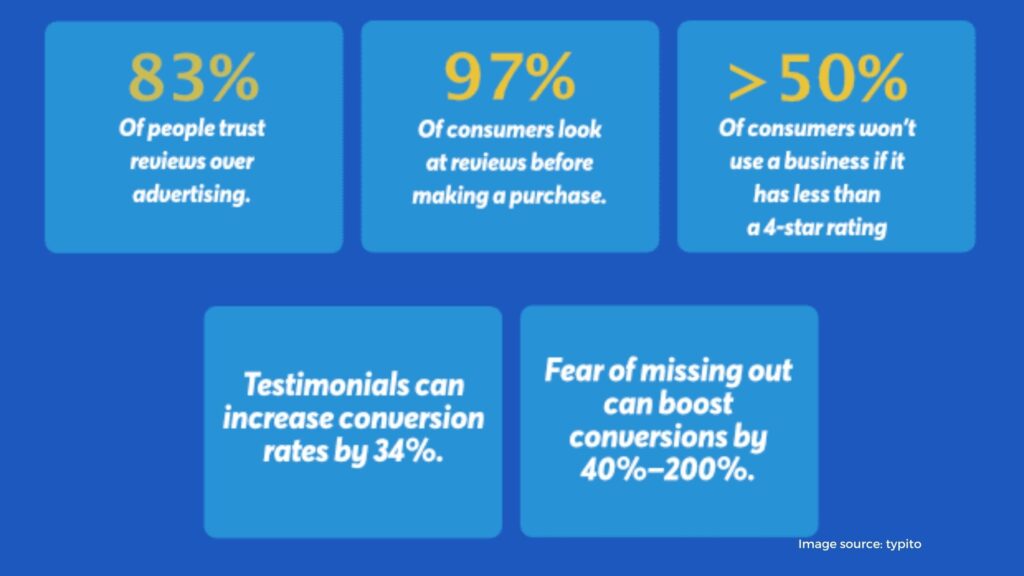
Fitness Marketing Ideas, Channels & Tactics
There are a plethora of fitness marketing techniques to pick from when it comes to promoting your gym or physical therapy business. Here are ten fitness marketing channels, tactics, and ideas to get you started…
- Social media – Use Facebook, Instagram, and Twitter to attract new consumers and retain existing ones.
- Email – Create your list using lead magnets, send welcome emails, and then nurture the connection with regular e-newsletters.
- PR –Make use of the press and local bloggers to get free exposure for your business.
- Events – Taking part in seminars, conferences, and product launches is a fantastic method to acquire new consumers and build a sense of belonging.
- Advertising – Consider using Facebook or Google Adwords to advertise your business online – browse our list of fitness advertising alternatives here.
- Promotions – Seasonal campaigns and price discounts, for example, may help your business get off the ground.
- Blogging – You can increase your Google ranking with search engine optimization and position yourself as an expert, but you may also create instructional content for clients by using a blog.
- Testimonials – 20-50% of all purchasing decisions are driven by word of mouth, according to research – learn how to write fitness testimonials here.
- Affiliates – If you own a business, you may pay to have other people promote your goods and only get compensated if they make a sale.
- Partnerships – Promote your products or services with complementary enterprises and blogs to draw in new customers.
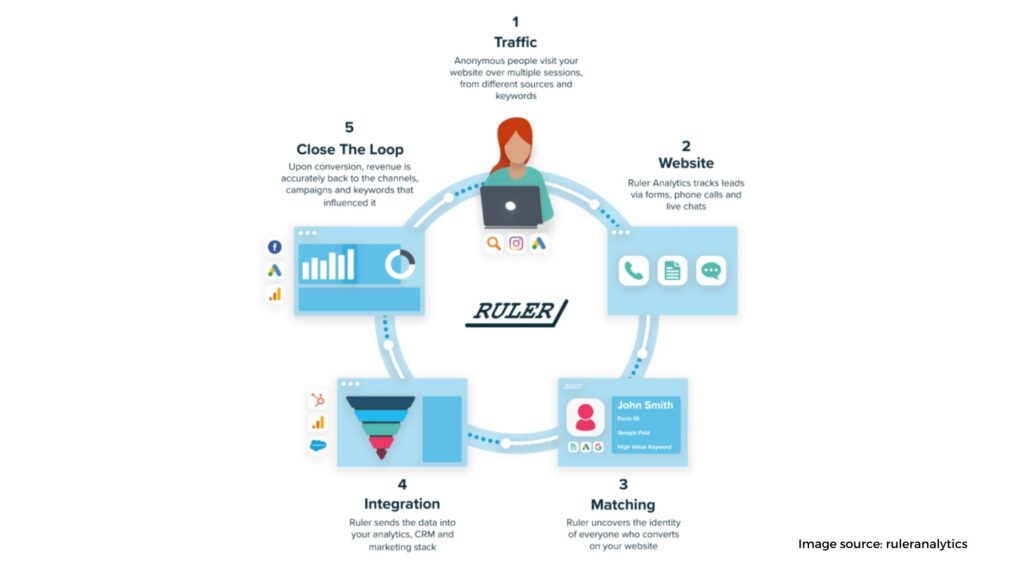
Tracking What Works
The final component of the fitness marketing puzzle is to track your activities so you can figure out what works and what doesn’t. This enables you to decide which areas to concentrate on, as well as whether or not to continue with certain initiatives.
In order to track your progress, you must first establish a measurable goal. It’s another good reason to start with SMART objectives from the beginning.
your goal was to increase membership sales, you should measure your activities against this outcome. It’s quite simple to keep track of results if you’re utilizing digital platforms like social media and internet advertising. The majority of online services include built-in analytics or provide easy access to reports.
It’s sometimes more difficult to track offline activities, or at least requires a little more planning. This is why it’s critical to establish how you’ll measure success during the strategy and planning stages. Promo codes, call tracking numbers, or simple feedback forms are all possible options.






